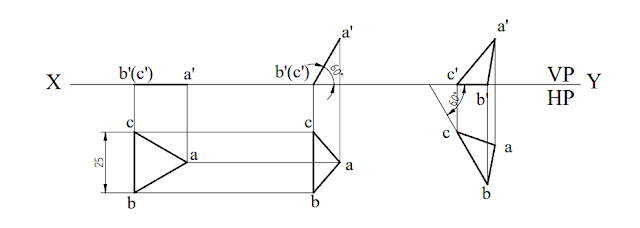STRINGconcatenation #include<stdio.h> #include<stdlib.h> int length (char str[]); int compare (char str1[],char str2[]); void concatenate (char str1[],char str2[]); void main() { char str1[30],str2[30]; int choice,a,i,j; printf("enter 1-string comparision\n"); printf("enter 2-string length\n"); printf("enter 3-string concatenation\n"); printf("enter 4-exit\n"); scanf("%d",&choice); switch(choice) { case 1:printf("enter string 1\n"); scanf("%s",str1); printf("enter string 2\n"); scanf("%s",str2); a=compare(str1,str2); if(a==0) { printf("%s and%s are identical\n",str1,str2); } else { printf("%s and%s are not identical\n",str1,str2); } break; ...

Comments
Post a Comment
If you any doubt. Please let me know.